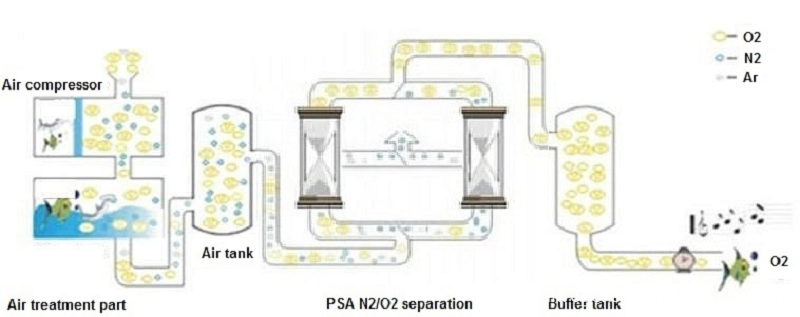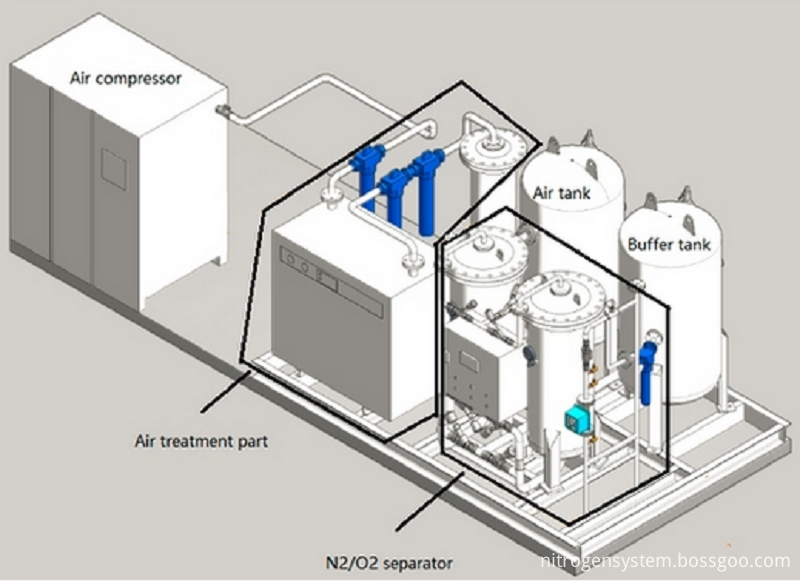Turbine flow meter turbine blade speed changes with the flow rate changes
Turbine flow meter turbine blade speed changes with the flow rate changes
Turbine meter impellers have a suitable flow rate range. Below 1/3 of the flow rate range, the influence of the shaft and the bearing is obvious. After the applied flow rate exceeds 1/3, the influence of the shaft and bearing increases linearly with the increase of the flow rate. When the upper limit of the applicable flow rate exceeds the accuracy requirement, the shaft is increased. And the impact of bearings has risen significantly. The magnetic resistance of the magnetic circuit changes to generate an inductive signal. The signal is amplified and shaped by an amplifier and sent to a counter or frequency meter to show the total integrated flow. At the same time, the pulse frequency is frequency-voltage converted to indicate instantaneous flow. The speed of the impeller is proportional to the flow rate, and the number of revolutions of the impeller is proportional to the total amount of flow. The output of the turbine flowmeter is a frequency-modulated signal, which not only improves the immunity of the detection circuit, but also simplifies the flow detection system. Its range ratio is up to 10:1 and its accuracy is within ±0.2%. The time constant of the small inertia and small size turbine flowmeter can reach 0.01 second. The measured fluid impinges on the turbine blades and causes the turbine to rotate. The rotational speed of the turbine changes with the flow rate, that is, the flow rate is large, and the rotational speed of the turbine is also large. Then, the rotational speed of the turbine is converted into the electrical pulse of the corresponding frequency by the magnetoelectric conversion device. After the preamplifier is amplified, it is sent to the display meter for counting and display. The instantaneous flow rate and the accumulated flow rate can be calculated based on the pulse number and the accumulated pulse number in the unit time. The probe is to detect the movement of the rotating body and convert it into a pulsed digital electrical signal. The output voltage of the electromagnetic coil is close to a sinusoidal curve. The frequency range of the pulse signal varies linearly with the measured flow rate. The typical range is 10:1. 25:1 and 100:1 three specifications. The resistance of the solenoid coil is generally less than 2000Ω, and if it is larger than this value, it may be damaged.
Turbine flowmeters consist of a turbine, bearings, preamplifiers, and a visual appearance. The measured fluid impinges on the turbine blades and causes the turbine to rotate. The rotational speed of the turbine changes with changes in the flow rate, that is, the flow rate is large, and the rotational speed of the turbine is also large. Then the rotational speed of the turbine is converted into the electric pulse of the corresponding frequency by the magnetoelectric conversion device. After the preamplifier is enlarged, it is sent to the appearance of the watcher for counting and visualization, and the instantaneous flow rate and the accumulated flow rate can be obtained based on the number of pulses per unit time and the accumulated pulse number.
Industrail Oxygen Generator is a machine producing oxygen from air. It only consumes electricity to get oxygen. It use Air Compressor to supply raw material, compressed air. The the compressed air is treated by three filters, one dryer and one oil remover. After treatment, the clean air goes into oxygen separator, in this part, the oxygen is separated and collected from air. Its flow chart is as below:

Its structure is like this:

Industrial Oxygen Generator specification:
Flow rate: 2-300 Nm3/hr
Purity: 90-98%
Outlet pressure: 5-10 bars.
Oxygen generator applications:
Refinery: electric arc furnace iron making, oxygen combustion assistance;
Environmental protection: drinking water treatment, waste water treatment, paper blanking, biochemical treatment of sewage;
Chemical industry: various oxidizing reaction, ozone generation, coal gasification;
Medical industry: Oxygen bar, oxygen therapy, sports healthcare;
Aquaculture: sea water, fresh water cultivation
Industrial Oxygen Generator
Industrial Oxygen Generator,Industrial Psa Oxygen Generator,Industrial Medical Oxygen Generator
Shandong Gamma Gas Engineering Co. Ltd. , https://www.gammagas.com
